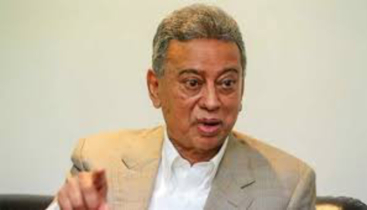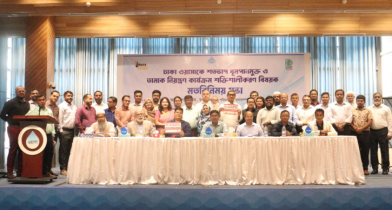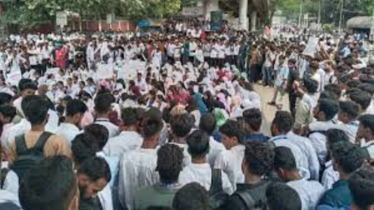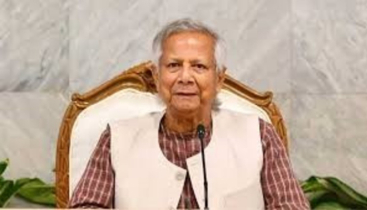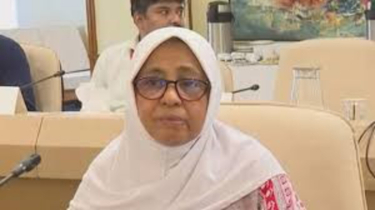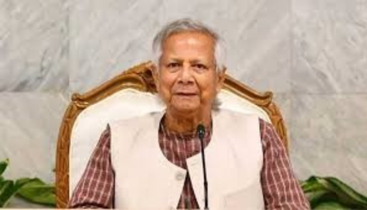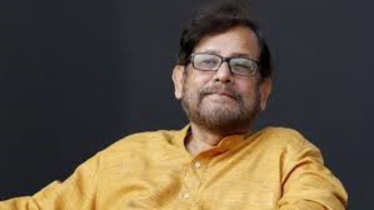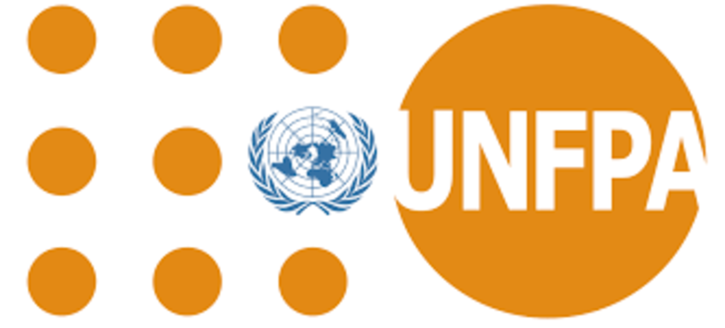
Dhaka, Bangladesh - In the crowded lanes of Postogola, Dhaka, 25-year-old Sima Rani held a leaflet close to her chest. It was a simple flyer promising respectful maternity care, yet for Sima it carried something she had long lost: hope.
For years, she had heard that hospitals were places only for emergencies or surgeries, but not for normal childbirth. Her three previous pregnancies had been filled with fear and uncertainty, and she believed giving birth with dignity was an impossible task. But now, with her fourth child on the way, she found herself drawn to the Dhaka Mohanagar General Hospital.
“I never thought I could experience kindness and dignity there,” Sima recalled. “But this leaflet was different. It gave me courage.”
Until recently, normal deliveries were almost unheard of at the Dhaka Mohanagar General Hospital. The facility focused primarily on caesarean sections, pushing many women to risky home births.
This pattern reflects a wider national challenge. While Bangladesh’s maternal mortality rate has decreased to 136 in 2023, the overuse of C-sections remains alarming: nearly 77% of facility deliveries among women from non-slum areas and 58% in slum areas are caesarean, with the figure reaching 84% in private facilities. Only 53.7% of women in Dhaka’s urban slums deliver in health facilities compared to 77.3% in non-slum areas—leaving thousands vulnerable.
That began to change in July 2025, when four ICM (International Confederation of Midwives) standard midwives were deployed under a UNFPA-supported initiative, in partnership with Jhpiego Bangladesh,Dhaka South City Corporation (DSCC) and support from Swedish International Development Cooperation Agency (SIDA).
These midwives didn’t just bring clinical expertise, they brought compassion, empathy, and a new vision for childbirth in the heart of Dhaka.
“Our mission is simple,” said midwife Arju Akhter. “Every woman deserves safe, respectful care. We wanted women to feel that this hospital was their place too—not a place to fear.”
The change began with outreach. Midwives and community volunteers distributed leaflets and spoke directly with women and their families, countering myths that the hospital was “only for surgeries.” They listened patiently to hesitant husbands and mothers-in-law, answering questions and offering reassurance.
When Sima came for her first antenatal check-up, dangerously low hemoglobin levels were discovered. Timely treatment not only saved her life, but also safeguarded her baby’s. In August 2025, she gave birth to a healthy baby girl, one of the first normal deliveries recorded at the hospital in nearly a decade.
“I used to fear labor,” Sima said. “But this time, I was treated like a sister, not just a patient.”
Since the introduction of midwifery-led care in July this year, 34 safe normal deliveries have taken place. For the first time in years, the delivery room is alive with the sound of newborn cries and mothers’ relief.
What sets this initiative apart is its emphasis on dignity. Midwives are trained not only in clinical safety but also in trauma-informed, client-centred care. They call women by name, guide them through breathing techniques, and offer support through labor.
“The best tool isn’t always the latest technology,” explained midwife Renasa. “Sometimes, it’s just listening and standing beside a woman when she needs it most.”
For fami5es long skeptical of hospital births, these small gestures have built trust. “Now women in our community are telling each other: the hospital is safe, and you will be respected there,” said Sima.
The shift wasn’t easy. Generations of misinformation meant many families believed caesarean sections were the only safe option. Others worried about hidden costs or poor treatment. Midwives tackled these fears through dialogue and proof.
“Some families doubted us,” said midwife Arifa. “We invited them to see for themselves. When they saw mothers returning home safely with their babies, they started to believe.”
The programme has also eliminated cost as a barrier. All services under the intervention are free of charge, ensuring that women from disadvantaged families can access skilled care.
The change at Dhaka Mohanagar General Hospital didn’t happen overnight, nor did it happen alone. It was built on collaboration.
UNFPA brought technical leadership and helped ensure that qualified midwives were recruited and trained to international standards. Jhpiego Bangladesh walked alongside them in the wards, offering on-site mentorship and strengthening community outreach so that women would hear about the new services. And with the Dhaka South City Corporation integrating midwives into the hospital system, the foundation for long-term sustainability was set.
To secure this change, UNFPA facilitated the signing of an MoU between DSCC and the Directorate General of Nursing and Midwifery. Under the agreement, the Directorate will provide technical guidance, training, and professional development for midwives, while DSCC will ensure the necessary infrastructure, medical equipment, and administrative support.
With this foundation, DSCC has committed to gradually expanding midwifery-led sexual and reproductive health services to all health centres and creating midwifery posts in every urban health facility under its jurisdiction. This model is expected to cover a catchment area of 800,000 people—reaching an estimated 5,000 pregnant women in the slums of Dhaka.
As Bangladesh works towards the goals of zero preventable maternal deaths and zero unmet need for family planning, midwifery-led care is proving to be a cornerstone of progress. Scaling up this model across urban hospitals could transform maternal care nationwide—offering women safe, respectful, and free deliveries close to home.
For Sima, the change was deeply personal, but its ripple effects extend far beyond her. “My heart is full, not just because of my baby,” she said, holding her daughter. “But because I was respected. That is a gift every woman deserves.”
TH

.png)
